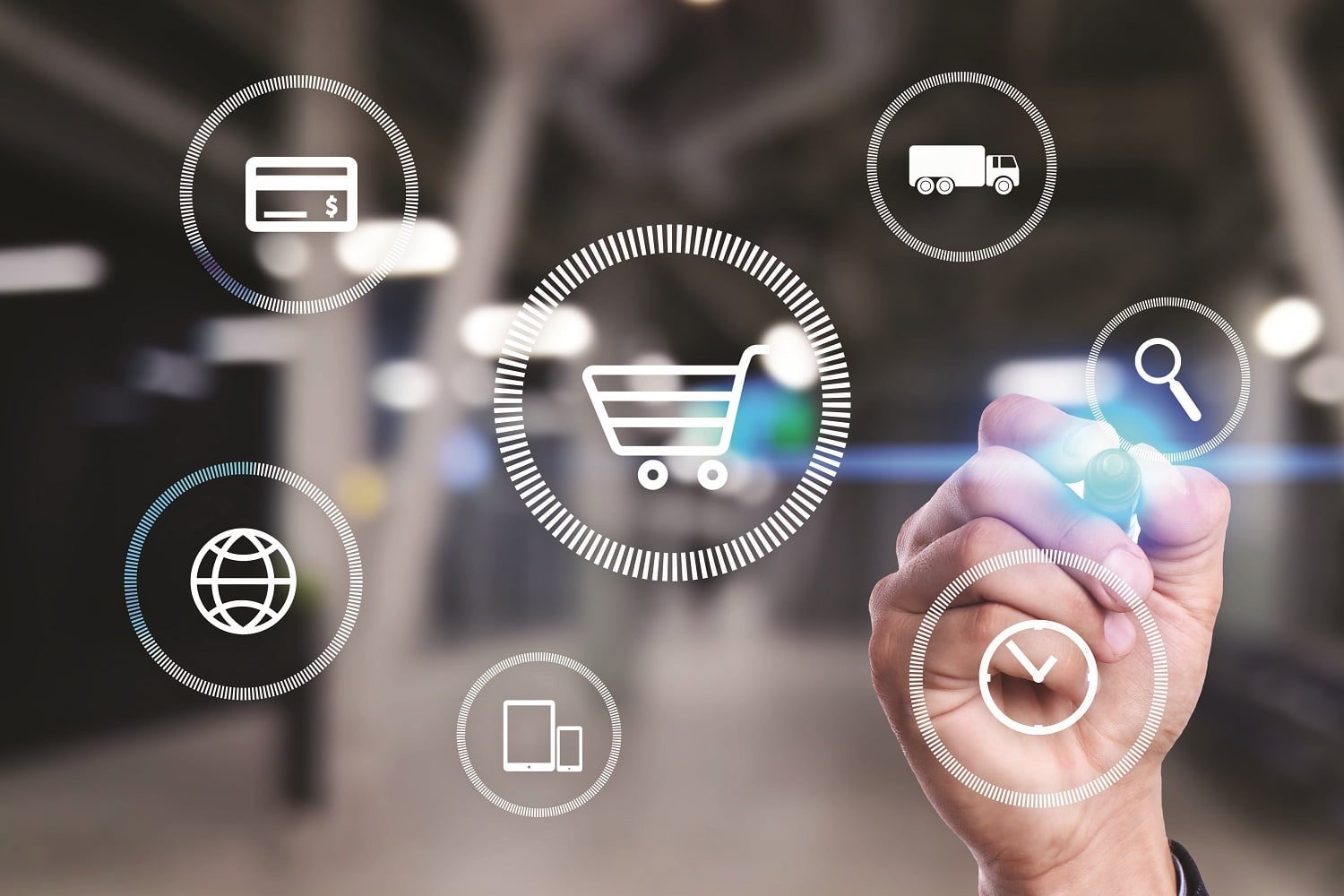Data and tech advancements provide an opportunity for seamless integrations between brands and retailers.
As a result of GDPR, most companies have cleaned up their data, or at least have a better understanding of its source and components, laying the foundations for better customer communications. First-party data is the most valuable for brands, and can be an excellent base to build models based on lookalike audiences or propensity-to- buy. There is also a bright future for second-party data relationships as brands and retailers form partnerships that benefit every party, mediated by technology.
Digital trade media needs to become automated and the data associated with these agreements needs to be transparent. Here are a few potential ways that brands and retailers can work together to drive growth in the future.
Connecting communications to commerce
In the future, brands will break down the silos between the marketing and sales teams, without isolating
e-commerce as a third silo. This will involve negotiating for more real-time sales data from retailers, enabling marketing teams to model the effects of their campaigns against real sales. This will also allow retailers to make more informed targeting decisions and bid strategies based on marketers’ audience insights, product priorities and campaign timings. At minimum, brands and retailers should welcome third-party Buy Now technologies such as ChannelSight, which drive traffic and sales from brand campaigns.
E-commerce intelligence
Brands should use internal and external data to develop tools that enable sales teams to have more informed discussions with retailers. The goal should
Stock and price feeds on brand sites
Where to Buy or Buy Now technologies can be enhanced by including stock and pricing information, to ensure that customers are able to find the nearest store where a product is in stock or where they can find the best price. Given that most retailers use different feed providers, brands will probably need to build a feed aggregator, but the value added to the customer experience will be worth the investment.
Second-party audience segments
Brands and retailers have the opportunity to create second-party audience segments allowing them to target jointly and more relevantly, as long as they use the same DMP and have up-to-date privacy policies.
Machine learning
Using machine learning or artificial intelligence to make customer experiences even more relevant is a huge opportunity for brands to demonstrate their category leadership. The product recommendation app called Fragrance Finder we created with Coty is a great example.
SIGN UP FOR ZENITH INSIGHTS



